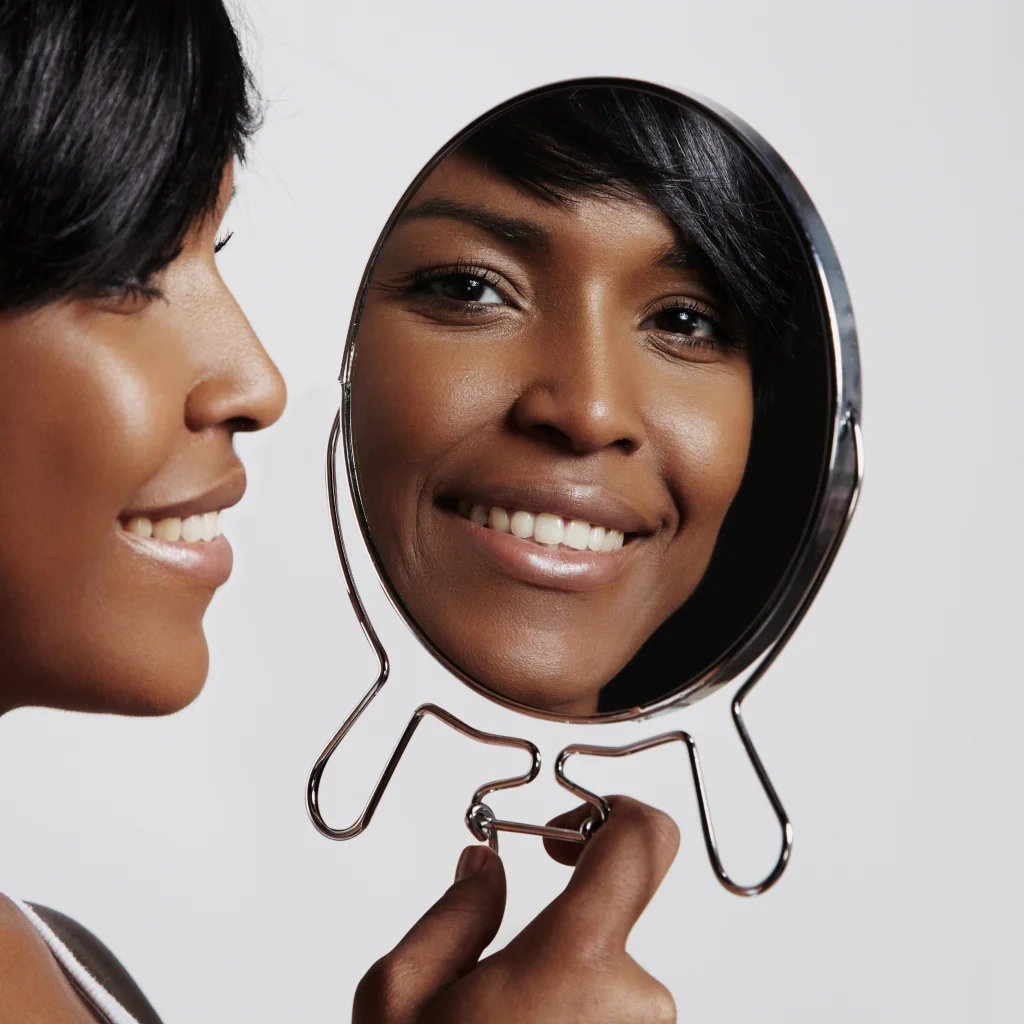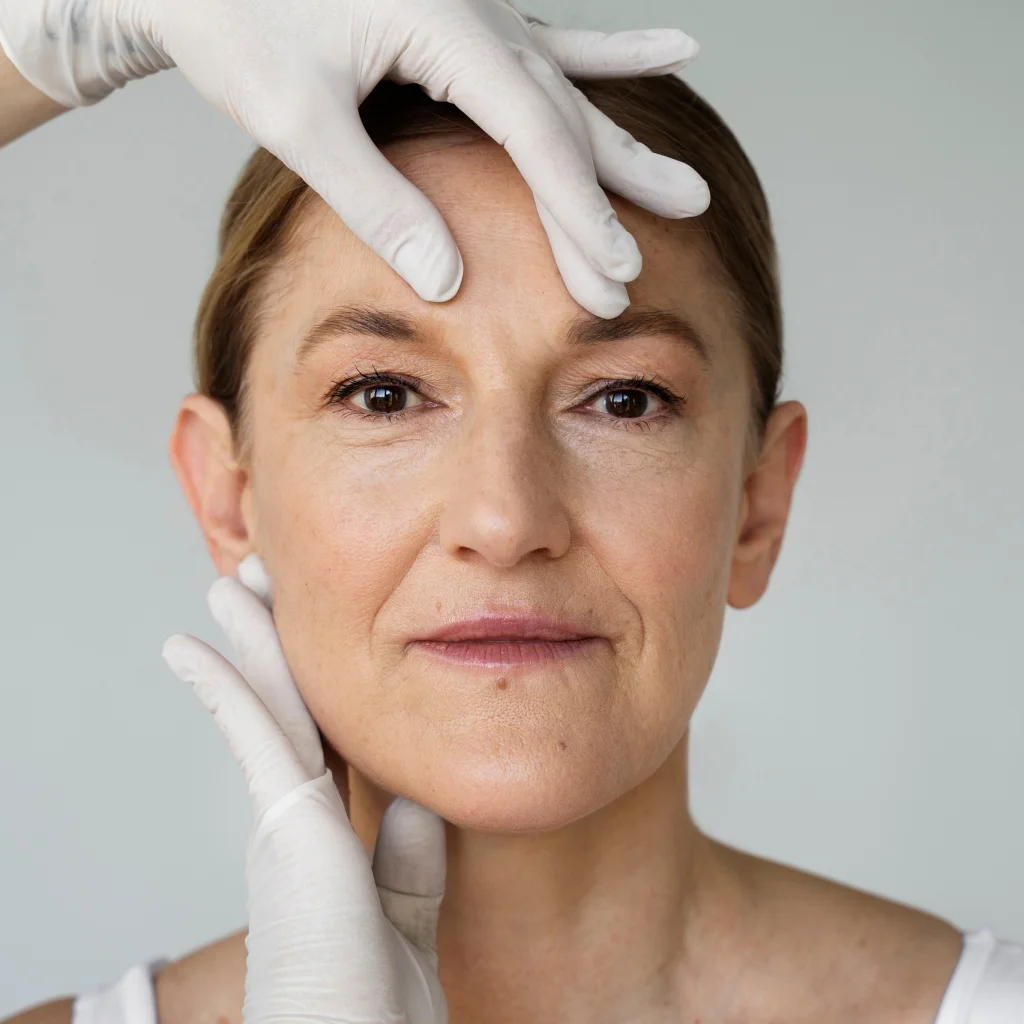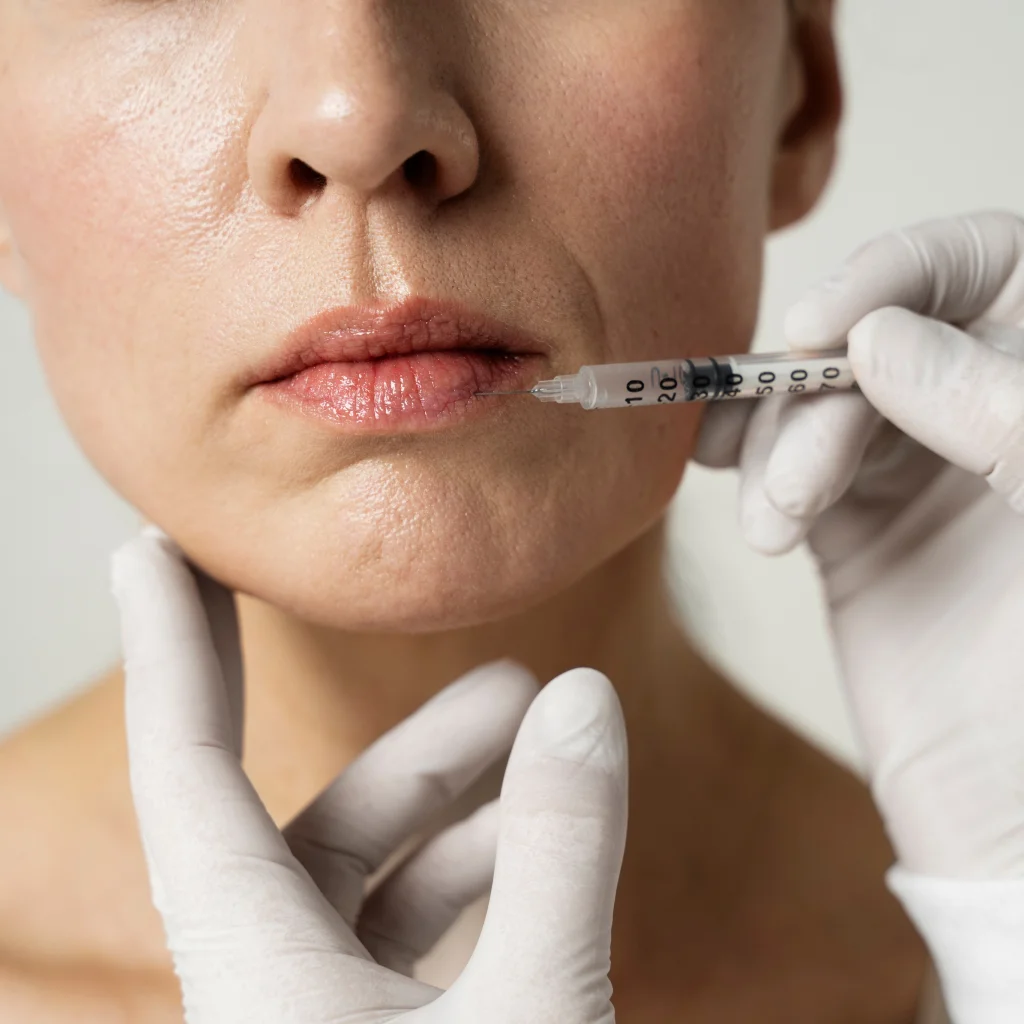FAQ
Your guide to top beauty FAQs
The cost of a hair transplant depends on several factors, including the type of technique used, the number of grafts or hair follicles needed, the number of sessions required, and the location of the procedure—whether inside or outside Egypt. Undergoing the procedure abroad generally increases the overall cost due to travel, accommodation, and medical expenses. The surgeon’s experience and the clinic’s reputation also influence the final price. On average, the cost ranges from $1,500 to $5,000.
The duration depends on the technique used.
- Strip method (FUT): 4–8 hours.
- FUE (Follicular Unit Extraction): Typically performed over several sessions, each lasting 2–4 hours over a few days. In rare cases, a single extended session may last 10–12 hours.
Yes, hair shedding is normal after a transplant. Between 2–8 weeks post-surgery, a phase called “shock loss” occurs. Regular follow-ups with the doctor are essential to ensure proper regrowth and results.
Turkey is globally renowned for hair transplants. However, Egypt has also become a leading destination, offering advanced technologies and skilled surgeons.
Hair transplants are generally permanent. However, some scientific studies suggest that transplanted hair may gradually thin over time. Results also depend on the surgeon’s skill, the technique used, and the patient’s health before and after surgery.
Hair grows in several stages:
- Weeks 2–8: Shock loss—temporary shedding of transplanted hair.
- Months 3–5: New hair begins to grow, initially appearing thin.
- Months 6–9: Hair growth becomes more visible in length and density.
- Months 12–18: Final results appear, with full density and thickness.
Potential side effects include:
- Pain, itching, and swelling of the scalp for a few days post-surgery.
- Small or single scars on the scalp.
- Temporary or permanent numbness in the donor or transplanted area.
Hair transplant success rates exceed 90% in most cases. Factors affecting success include the surgeon’s expertise, the technique used, and patient compliance with post-operative care.
Initial results typically appear between 6 to 9 months, with hair growth and thickening. Final results are seen between 12 to 18 months.
Yes, hair can be washed gently after 6 days, using lukewarm water and a mild medical shampoo. Avoid rubbing and use your hands only.
No, it is not painful. Local anesthesia is applied to numb the scalp. Mild post-operative discomfort is normal and manageable with pain relievers.
Yes, but you must wait at least one month for the scalp to heal. Avoid razors or clippers on the transplanted area for 5–6 months, and postpone shaving if there are signs of redness, flaking, or infection.
Yes, it is generally safe when performed by a qualified surgeon. However, as with any surgical procedure, risks such as infection, bleeding, or allergic reactions may occur.
Hair transplantation for women is a cosmetic procedure that relocates follicles from a donor area (usually the back or sides of the scalp) to areas with thinning hair, such as the hairline or crown. It may not be suitable for all causes of female hair loss, so a proper medical assessment is essential.
Signs of transplant failure may include:
- An unnatural or uneven hairline.
- Poor or no hair growth in the transplanted area.
- Tissue necrosis.
- Prominent scarring.
- Open or poorly healed incisions.
To ensure successful results and protect grafts:
- Avoid touching or scratching the scalp in the first week.
- Refrain from strenuous activity or exercise for 1 month.
- Don’t wash hair before day 6 post-surgery.
- Avoid swimming for at least 3 weeks.
- Do not wear tight hats that press on the scalp.
- Avoid direct sun exposure for at least 2 weeks.
- Refrain from smoking for the first few weeks.
- Sleep on your back with your head elevated using 2 pillows for the first few nights.
Key eligibility criteria include:
- Type of hair loss: Ideal for patients with androgenetic alopecia.
- Donor area density: The back or sides of the head must have healthy, dense follicles.
- General health: Conditions like uncontrolled diabetes or active scalp infections may disqualify a patient.
- Realistic expectations: Hair transplants do not restore 100% density.
Hair transplant failure rates range between 5–10%, commonly due to:
- Inappropriate candidate selection (e.g., alopecia areata).
- Inexperienced surgeons or poor technique.
- Low donor area density.
- Ignoring post-op care instructions.
- Unrealistic expectations.
The FUE (Follicular Unit Extraction) technique is considered the easiest and least invasive. It requires no major surgery or stitches and leaves minimal scarring with a shorter recovery period. However, the ideal technique depends on individual factors, so a medical consultation is necessary.
Benefits include:
- Long-lasting results compared to temporary treatments.
- Improved hair density and coverage.
- Enhanced self-confidence.
Mild sleep discomfort is expected during the first few nights. Doctors recommend sleeping with the head elevated for 3–7 days to avoid pressure on the grafts and minimize swelling. A neck or travel pillow can help prevent contact with the transplanted area. After 14 days, normal sleeping positions can usually be resumed.
Scabs begin to fall off naturally 7–14 days post-procedure. This is a normal healing phase and varies based on skin type, graft area size, and post-operative care.
At this stage:
- Scabs start to shed.
- Grafts become stable.
- You may resume light daily activities, but continue to avoid sweating, swimming, or sun exposure.
Yes, low-level laser therapy (LLLT) may be beneficial by:
- Improving blood flow to nourish hair follicles.
- Reducing inflammation and accelerating healing.
- Promoting stronger and denser hair growth long term.
There is no strict limit, but it depends on the availability of donor hair. Typically, a gap of 6–12 months is advised between procedures to allow for healing and donor area recovery.
Endolift is a non-surgical procedure that uses precise laser energy beneath the skin’s surface. It aims to tighten the skin, reduce localized fat, and stimulate collagen production, thereby enhancing skin elasticity and overall appearance. The technique can be applied to various areas such as the face, abdomen, waist, arms, and thighs.
A facelift is a surgical cosmetic procedure designed to tighten facial muscles and skin, eliminate sagging, and remove excess fat, restoring a more youthful and vibrant facial appearance.
HIFU (High-Intensity Focused Ultrasound) is a non-surgical aesthetic procedure that stimulates collagen production using focused ultrasound waves. It helps lift and tighten the skin while reducing signs of aging such as wrinkles and sagging.
Endolift offers several benefits through subdermal laser energy, including:
- Stimulating collagen production to improve skin health and elasticity.
- Reducing localized fat in areas like the abdomen and thighs.
- Skin tightening.
- Enhancing blood circulation and oxygen delivery to treated tissues, which improves skin tone, texture, and radiance.
The best skin tightening device depends on several factors including the targeted area, degree of laxity, and budget. Commonly used devices include:
- Endolift
- HIFU
- Radiofrequency (RF) devices
- Laser technologies
The cost of an Endolift session varies based on:
- The treated area
- The physician's expertise
- The reputation of the medical center
Endolift for the abdomen is a non-invasive laser treatment that targets stubborn fat and tightens the skin in the abdominal area.
The Deep Plane Facelift is among the latest surgical facelift techniques, focusing on lifting the deep facial tissues rather than just the skin, yielding longer-lasting and more natural results. Non-surgical alternatives include Endolift, HIFU, and radiofrequency-based treatments, which are suitable for mild to moderate skin laxity.
There is no single "best" device, as fat reduction results depend on:
- Following a balanced, healthy diet
- Regular physical activity (e.g., treadmill walking, running, or stationary cycling)
- Laser lipolysis
- HIFU (focused ultrasound)
- Radiofrequency therapy
Laser skin tightening may be associated with certain side effects, including:
- Burns or injuries from laser heat
- Hyperpigmentation or hypopigmentation
- Scarring
- Bacterial infection
There is no specific age for a facelift, as aging signs vary individually. However, such signs typically begin to appear in the mid-40s, making this a common age to consider facelift procedures for skin rejuvenation.
Generally safe when performed by a qualified professional at a trusted medical facility, but potential side effects include:
- Redness
- Bruising
- Minor skin lumps or irregularities
Modern non-surgical techniques include:
- Botox injections
- Dermal fillers
- Laser resurfacing
- Microneedling
- Endolift (laser under the skin)
- HIFU (focused ultrasound)
- Radiofrequency therapy
Both target skin lifting and rejuvenation.
- Endolift uses subdermal laser energy to reduce fat and tighten skin.
- HIFU uses ultrasound waves to stimulate collagen production and improve skin firmness.
Morpheus8 combines microneedling with radiofrequency to offer:
- Collagen stimulation
- Enhanced skin elasticity and firmness
- Reduction of fine lines and wrinkles
- Treatment of acne scars
- Improvement of stretch marks
Some individuals may experience mild discomfort or tingling during HIFU treatment. Temporary swelling or redness may occur but usually subsides within hours.
Fotona 4D is one of the latest laser technologies for facial lifting. It uses dual laser wavelengths to rejuvenate skin and reduce signs of aging. Other modern laser devices, such as Endolift, also offer precise subdermal laser treatment to tighten skin and reduce fat.
Ultherapy is considered one of the best technologies for lifting the double chin. It uses focused ultrasound to stimulate collagen and tighten the skin, improving firmness and reducing sagging.
Yes, Endolift is considered one of the top laser-based skin-tightening technologies, offering visible lifting and firming results that can last for several months post-treatment.
Some patients may feel discomfort during or after the procedure due to the laser energy, but it is generally tolerable and can be managed with over-the-counter pain relievers.
No. While both use focused ultrasound for skin tightening, Ultherapy is a branded, advanced type of HIFU device designed specifically for deep skin lifting.
Ativa is a non-surgical aesthetic device that delivers radiofrequency beneath the skin via subdermal thermal stimulation. This heats tissues and boosts collagen and elastin production, promoting natural skin firmness and elasticity.
Despite its effectiveness in treating pigmentation and wrinkles, laser treatments may be discouraged in certain cases due to possible side effects such as:
- Post-session redness and irritation
- Temporary or permanent pigmentation changes
- Infection risks
- Scarring or blotchiness
Endolift is generally considered safe, especially when performed by an experienced physician in a certified clinic using precise laser equipment.
Gynecomastia is a condition characterized by the enlargement of male breast tissue, which can affect one or both breasts. It is caused by an imbalance of hormones, particularly an increase in estrogen relative to testosterone.
Causes of gynecomastia include hormonal imbalances, certain medications (e.g., anti-androgens, steroids), obesity, liver disease, kidney failure, and some tumors.
Symptoms of gynecomastia include swollen breast tissue, breast tenderness or pain, and nipple sensitivity.
The best treatment for gynecomastia depends on its cause and severity. Options include medication to balance hormones, lifestyle changes (diet and exercise), and surgical removal of breast tissue or liposuction for stubborn cases.
Gynecomastia is generally not dangerous and does not typically lead to serious health problems. However, in rare cases, it can be a symptom of a more serious underlying condition, such as liver disease or cancer, which require medical attention.
In many cases, especially in adolescents, gynecomastia may resolve on its own as hormone levels stabilize. For adults, it is less likely to disappear without intervention, particularly if it is chronic or severe.
Yes, gynecomastia is curable. Treatment options depend on the cause, but they range from medical management to surgical intervention, which can permanently remove the excess breast tissue.
While gynecomastia itself is not breast cancer, it's important to rule out cancer, especially if the enlargement is unilateral, hard, fixed, or associated with skin changes or nipple discharge.
The cost of gynecomastia surgery varies significantly based on factors such as the extent of the enlargement, the surgical technique used (liposuction, excision, or a combination), the surgeon's fees, anesthesia costs, and the clinic's location.
Potential side effects include swelling, bruising, temporary numbness, scarring, asymmetry, and in rare cases, infection or hematoma. Most side effects are temporary and resolve during the recovery period.
Gynecomastia surgery typically takes between 1 to 3 hours, depending on the complexity of the case and the technique employed.
During the surgery, general or local anesthesia is used, so you won't feel pain. Post-surgery, some discomfort and soreness are expected, but these can be managed with prescribed pain medication.
Most patients can return to light work within a few days to a week after surgery. Strenuous activities and heavy lifting should be avoided for 3-4 weeks.
Yes, the results of gynecomastia surgery are generally permanent, as the glandular tissue and fat cells are physically removed. However, significant weight gain or hormonal imbalances can potentially lead to new breast tissue development.
Gynecomastia involves the enlargement of glandular breast tissue, while pseudogynecomastia refers to excess fatty tissue in the chest area without significant glandular enlargement. Pseudogynecomastia is often associated with obesity.
Initial recovery, where most swelling and bruising subside, takes about 1-2 weeks. Full recovery and final results can take several months, as residual swelling gradually resolves.
If left untreated, gynecomastia generally poses no serious health risks, but it can cause significant psychological distress, self-consciousness, and discomfort for the affected individual. It may also continue to grow or remain stable.
Yes, in some cases, particularly for adolescents or if the gynecomastia is medication-induced, it can be treated without surgery. This may involve addressing hormonal imbalances, discontinuing certain medications, or lifestyle modifications. However, surgery is often the most effective and permanent solution for established glandular gynecomastia.
Exercise can help reduce pseudogynecomastia (excess chest fat) by lowering overall body fat. However, exercise alone cannot eliminate true glandular gynecomastia, as it involves the presence of actual breast tissue, not just fat.
After gynecomastia surgery, you should avoid:
- Strenuous exercise and heavy lifting for 3-4 weeks.
- Direct impact or pressure on the chest area.
- Wearing tight clothing that irritates the incision sites (unless it's the compression garment).
- Smoking, as it impairs healing.
- Submerging in baths, pools, or hot tubs until incisions are fully healed.
- Sun exposure on the treated areas to prevent hyperpigmentation.







